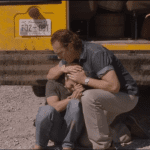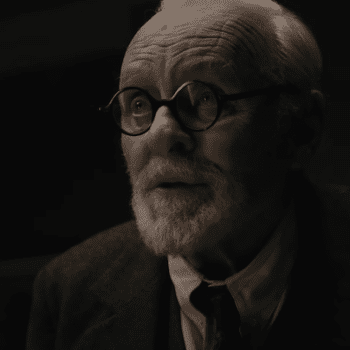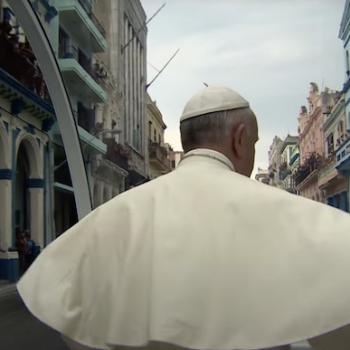They would come without question. They’d gather in the sanctuary, light streaming in red and green and gold through stained glass windows, music from the choir spilling and flowing through the space. They’d sing and greet one another and listen to the sermon—hearing once again of God’s truth and mercy, of Jesus’ love and sacrifice, of our own duties to our fellow man and woman.
Church is no longer what it once was 800, 300, even 100 years ago. Many of America’s houses of worship have scrapped the altars and choirs for stages and worship bands. Those churches are losing their influence, too—growing older and emptier by the year.
But even Americans who haven’t darkened the door of a church in decades find sacred spaces of their own … and one of our culture’s most hallowed spaces is that of a movie theater. Colored pictures splash on the screen, sound cascades through the space like water. Here we can find a measure of transcendence: Good and evil do battle at 7 and 9:30 every evening. Heroes love and sacrifice. We watch stories filled with truth and mercy play out before our eyes, and perhaps they inform how we’ll act in our own waking lives.
And maybe—just maybe—might we find an echo of the Almighty Himself?
I believe we can. And so do the teachers, writers and theologians who contributed to the always thoughtful, occasionally inspiring God in the Movies.
The book is a product of Fuller Theological Seminary’s Reel Spirituality Institute—an organization devoted to taking movies and finding the meaning, and potential transcendence, in them. It unpacks 40 movies—or, as Catherine Barsotti and Robert Johnston call them in their introduction, “visual parables”—from the last four decades, from Chariots of Fire to 12 Years a Slave. Some, like Babette’s Feast, can be viewed as Christian parables. Others, like American Beauty, are more difficult to divine the Divine within. It includes family friendly films such as WALL-E and more problematic fare such as Breaking the Waves. (Admittedly, a number of the films wouldn’t get a rousing, unapologetic endorsement from Plugged In.)
But while not all the films here are to everyone’s taste, the book is a remarkable study of some incredible, thoughtful works that may indeed serve as sermons of sorts: They can show us the beauty of faith and the troubling way that that faith sometimes manifests itself in our flawed hands. They can give us moments of breathtaking beauty that make us want to shout, “Hallelujah!” and moments that will bring us to our knees in tears. “This theological dialogue is rooted in the life stories portrayed on the screen, and as such, it Is rich, varied and multifaceted,” the introduction tells us.
I have a tremendous respect for what the folks at Reel Spirituality do: It’s what I try to do in this space, too.
Stories are incredibly important to us. They always have been, but I think today, they’re more important than ever. We don’t hear them as much in church today, and that’s a shame. But our cinematic stories can still contain echoes of the transcendent. They give us words and pictures that illustrate our hopes and fears, our aspirations and longings. And at their best, they point to something higher than ourselves, and someone infinitely greater.
Our desire to know God and understand our place in this fallen world never goes away. But how we intersect with that desire changes over time. And books like God in the Movies help us better understand that critical intersection in new, relevant ways.













